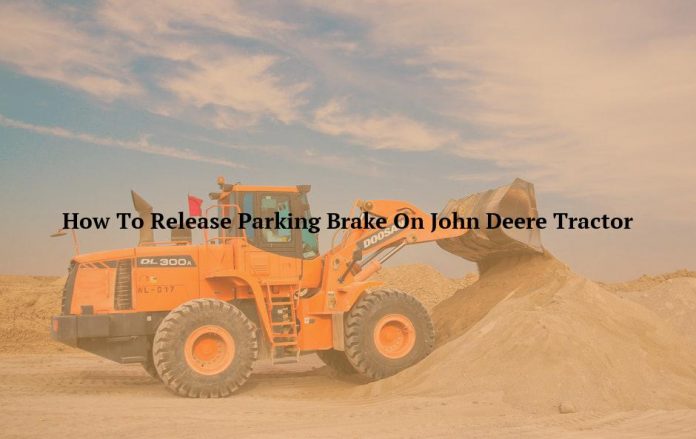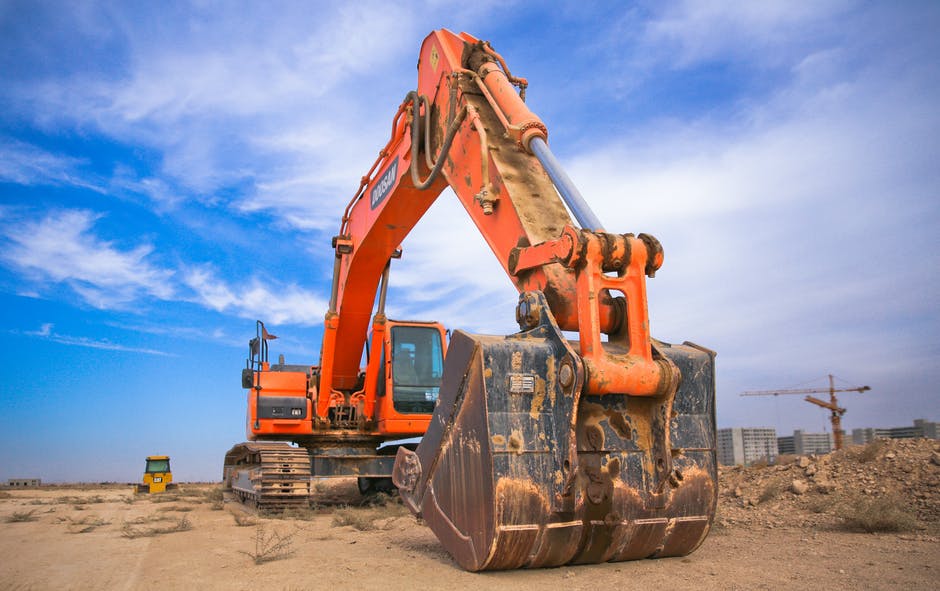
Every day, you rely on your brakes to keep yourself safe. Call for a brake inspection if you have experience issues with your brakes.
How do you manually release park brake?
Depending on the type of e-brake installed in your car, you can release the parking brake. If you want to release the e-brake, you can pull the foot lever above the foot pedal, press the button on the hand-activated brake, or shift the car.
How do I disengage a parking brake?
The emergency brake needs to be loosened. If your car has a handle near the driver’s seat, the lever will have a button that needs to be pushed in. If your car has a pull handle, pull it towards you until you hear the brake release. Push down and release the pedal if your car has a push-pedal system.
Where is the parking brake release located?
There is a small pedal on the floor that is positioned to the left of the gas, brake and clutch pedals. To release the brake, pull the lever above the foot pedal.
Where is the parking brake on a tractor?
The dashboard has a yellow button on it. The trailer supply valve will apply when the truck parking brake is applied, if your vehicle has an air brake equipped trailer attached.

How do you adjust the parking brake on a John Deere 1025r?
As the hub is rotating, turn the turnbuckle in the opposite direction to shorten the brake rod. There is a gap between the roll pin and the brake rod yoke.
How do you unlock a brake pedal?
Try to get as much control as possible with the pressure on the brakes. If your vehicle has an Anti-lock Braking System, you could hear a mechanical noise when your vehicle stops. The wheels are kept from locking up and preventing you from skidding, according to the feedback. If you remove your foot from the brake pedal, your wheels can get traction. If it is necessary, apply pressure to the brake. Repeatedly press the brakes until the brakes disengage or bring you to a stop.
How do you know if your parking brake is stuck?
You can do a number of things to release the stuck brake. You can try rocking the vehicle back and forth if it’s safe to do so. You can try to set and release the brakes at the same time in order to knock the brakes free.
What is a park control valve?
The brakes are released when the park control valve is placed in the release position. Air pressure entering the service port causes the service push plate and rod to move forward, applying force to the slack adjuster. The brakes are applied by the slack adjustment. The emergency spring is held in the compressed position by the air.

How does a tractor protection valve work?
A tractor protection valve can be mounted on the cab or the tractor’s body. The trailer is charged through the supply line when the trailer-supply valve is open.
Where is the trailer hand valve?
The trailer hand valve works with the trailer brakes. Only the trailer hand valve can be used to test the brakes. It’s a danger to make the trailer skid, so don’t use it in driving. The air is sent to all of the brakes by the foot brake. When using the foot brake, there is less danger of causing a skid or jackknife.
How do I release my brakes?
Jack the car up and Chock all tires unrelated to the recovery process.
What causes brakes not to release?
A seized caliper or brake pad is one of the most common causes of your brakes not releasing. This is usually due to aging. When you press down on your brakes, your vehicle will pull one way. One of the most important parts of your car’s braking system is the brake calipers. If your vehicle’s brakes aren’t maintained correctly, they can seize and cause it to lose its braking power.

Why can’t I push my brake pedal down?
A missing belt, a failing electric pump, or low power steering fluid are some of the issues that could arise if you have a stiff brake pedal and the vehicle has a vacuum pump. A broken vacuum hose is the most common cause of the loss of vacuum that leads to a stiff brake pedal. Over time, rubber vacuum hoses tend to rot and crack. If you hear a hissing noise when you apply the brakes, it could be a leaking vacuum hose. It’s as easy to fix a hard brake pedal as it is to fix a vacuum hose.








